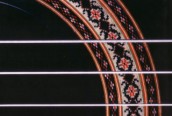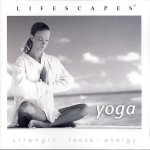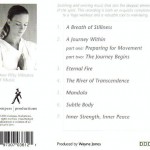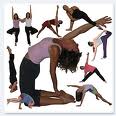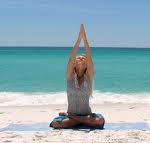
Meditation is a holistic discipline by which the practitioner attempts to get beyond the reflexive, “thinking” mind into a deeper state of relaxation or awareness. Meditation is a component of many religions, and has been practiced since antiquity. It is also practiced outside religious traditions. Different meditative disciplines encompass a wide range of spiritual and non-spiritual goals; achieving a higher state of consciousness or enlightenment, developing and increasing compassion and lovingkindness, receiving spiritual inspiration or guidance from God, achieving greater focus, creativity or self-awareness, or simply cultivating a more relaxed and peaceful frame of mind.
In a Western context
“Meditation” in its modern sense refers to Yogic meditation that originated in India. In the late nineteenth century, Theosophists adopted the word “meditation” to refer to various spiritual practices drawn from Hinduism, Buddhism, Sikhism and other Indian religions. Thus the English word “meditation” does not exclusively translate to any single term or concept, and can be used to translate words such as the Sanskrt dhāraṇā, dhyana, samadhi and bhavana.
Meditation may be for a religious purpose, but even before being brought to the West it was used in secular contexts, such as the martial arts. Beginning with the Theosophists, though, meditation has been employed in the West by a number of religious and spiritual movements, such as Yoga, New Age and the New Thought movement, as well as limited use in Christianity.
Meditation techniques have also been used by Western theories of counseling and psychotherapy. Relaxation training works toward achieving mental and muscle relaxation to reduce daily stresses. Jacobson is credited with developing the initial progressive relaxation procedure. These techniques are used in conjunction with other behavioral techniques. Originally used with systematic desensitization, relaxation techniques are now used with other clinical problems. Meditation, hypnosis and biofeedback-induced relaxation are a few of the techniques used with relaxation training. One of the eight essential phases of EMDR (developed by Shapiro), bringing adequate closure to the end of each session, also entails the use of relaxation techniques, including meditation. Multimodal therapy, a technically eclectic approach to behavioral therapy, also employs the use of meditation as a technique used in individual therapy.
From the point of view of psychology and physiology, meditation can induce an altered state of consciousness, and its goals in that context have been stated to achieving spiritual enlightenment, to the transformation of attitudes, and to better cardiovascular health.
Physical Postures

Different spiritual traditions, and different teachers within those traditions, prescribe or suggest different physical postures for meditation. Sitting, supine, and standing postures are used. Most famous are the several cross-legged sitting postures, including the Lotus Position.
Spine
Many meditative traditions teach that the spine should be kept “straight,” that is, the individual should sit erect but relaxed, by balancing the torso such that the spinal column supports it with very little effort. Sitting on a cushion, or by other means tilting the pelvis slightly forwards, makes it possible to do this. The correct posture causes the chin to drop down to the neck to the point where the tongue is pressed against the teeth, the chest to lift and tilt backwards, the shoulders to sit further back, and the low back to curve forwards. If done correctly, this posture is easy to maintain for long periods of time without discomfort, as muscular effort is used only keep the spine balanced, and not to support the weight of the torso. Often this posture is explained as a way of encouraging the circulation of what some call “spiritual energy,” the “vital breath”, the “life force” (Sanskrit prana, Chinese qi, Latin spiritus) or the Kundalini. In some traditions the practitioner may sit on a chair, flat-footed (as in New Thought); sit on a stool (as in Orthodox Christianity); or walk in mindfulness (as in Theravada Buddhism).
Other traditions, such as those related to kundalini yoga, take a less formal approach. While the basic practice in these traditions is also to sit still quietly in a traditional posture, they emphasize the possibility of kriyas – spontaneous yogic postures, changes in breathing patterns or emotional states, or perhaps repetitive physical movements such as swaying, etc., which may naturally arise as the practitioner sits in meditation, and which should not be resisted but rather allowed to express themselves to enhance the natural flow of energy through the body. This is said to help purify the nadis and ultimately deepen one’s meditative practice.
Mudra/hand
Various hand-gestures or mudras may be prescribed in meditation. These can carry theological meaning or according to Yogic philosophy can actually affect consciousness, mood and energy. For example, a common Buddhist hand-position is with the right hand resting atop the left (like the Buddha’s begging bowl), with the thumbs touching. Each finger is associated with a different sensitivity, and the belief is that finger endings locked into mudras create subtle energy shifts due to the different circuit connections. Pressing on finger endings also stimulates brain sections relating to different qualities – which a practitioner may want to enhance through meditation to create specific affects or changes.
Eye focus and gaze
In most meditative traditions, the eyes are closed. In some schools such as Zen, the eyes are half-closed, half open and looking slightly downward. In others such as Brahma Kumaris, the eyes are kept fully open. Others may keep the eye-lids 1/10th or barely open depending on what drishti (eye focus in kundalini yoga – meaning “vision” or “insight” in Sanskrit) the meditation instructs. Different eye focus points have different effects, and points such as the 3rd eye, or gazing over the nose help to lock the brain into a point of stillness. Pictures of saints in meditation may reflect different eye postures, and different meditations may call for staring into a saints eyes, a candle flame, or other object of focus (trataka meditation).
Often such details are shared by more than one religion, even in cases where mutual influence seems unlikely. One example is “navel-gazing,” which is apparently attested within Eastern Orthodoxy as well as Chinese qigong practice. Another is the practice of focusing on the breath, found in Orthodox Christianity, Sufism, and numerous Indic traditions.
In Sufism, meditation (muraqaba) with eyes closed is called Varood while having the eyes open is known as Shahood or Fa’tha.
Mantra
While quiet or stillness is often desirable, some people use repetitive activities such as deep breathing, humming or chanting of mantra to help induce a meditative state. In Sikhism recitation and repetition of mantra and hymns or shabad, which describe the qualities of God, creates an experiential connection with Divinity. Bij (or “seed” in Gurmukhi) mantras are repeated constantly, deeply planted in the mind as constant reminders of Oneness. Buddhists regard the recitation of mantras as a means for cutting off previous negative karma. In yogic science, man-tra (“man” meaning mind, “tra” to cut) helps “yoke” the mind to a more conscious and harmonious vibration. Mantra can affect the mind through combination (mudra) of tongue and palate. The repetition of mantra can aid meditation, clear the subconscious of unhealthy attachments, provide anchored stability, counter information overload, and break accumulated mental patterns.
All religions use forms of mantra such as with prayers, rosaries, ceremony; even the Christian “Amen” is a form of mantra.
Leg positions
Cross legged sitting, as in posture helps create a stable base for meditation that offers the least discomfort and distraction for extended periods of meditation. Several different varieties of seated asanas are practiced depending on the culture – ranging from easy crossed legs, to siddhasana (“perfect pose”), or the half and full lotus postures. Sitting on the heels is also possible. Seated meditation cushions often help extend meditative time and serve to elevate the hips and spine into proper alignment. Sitting cross-legged (or upon one’s knees) for extended periods when one is not sufficiently limber, can result in a range of ergonomic complaints called “meditator’s knee”. Many meditative traditions do not require sitting cross legged.
In Zen Yoga Aaron Hoopes talks of meditation as being an avenue to touching the spiritual nature that exists within each of us.
At its core, meditation is about touching the spiritual essence that exists within us all. Experiencing the joy of this essence has been called enlightenment, nirvana, or even rebirth, and reflects a deep understanding within us. The spiritual essence is not something that we create through meditation. It is already there, deep within, behind all the barriers, patiently waiting 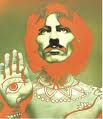 for us to recognize it. One does not have to be religious or even interested in religion to find value in it. Becoming more aware of your self and realizing your spiritual nature is something that transcends religion. Anyone who has explored meditation knows that it is simply a path that leads to a new, more expansive way of seeing the world around us.
for us to recognize it. One does not have to be religious or even interested in religion to find value in it. Becoming more aware of your self and realizing your spiritual nature is something that transcends religion. Anyone who has explored meditation knows that it is simply a path that leads to a new, more expansive way of seeing the world around us.

![30571[1]](http://wellnesswillpower.com/wellness/wp-content/uploads/2014/08/305711.jpg) Discover The Future Of Medicine Today
Discover The Future Of Medicine Today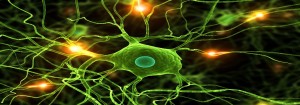

 Illustration of the Invisible Dome-Shaped Therapy Field
Illustration of the Invisible Dome-Shaped Therapy Field


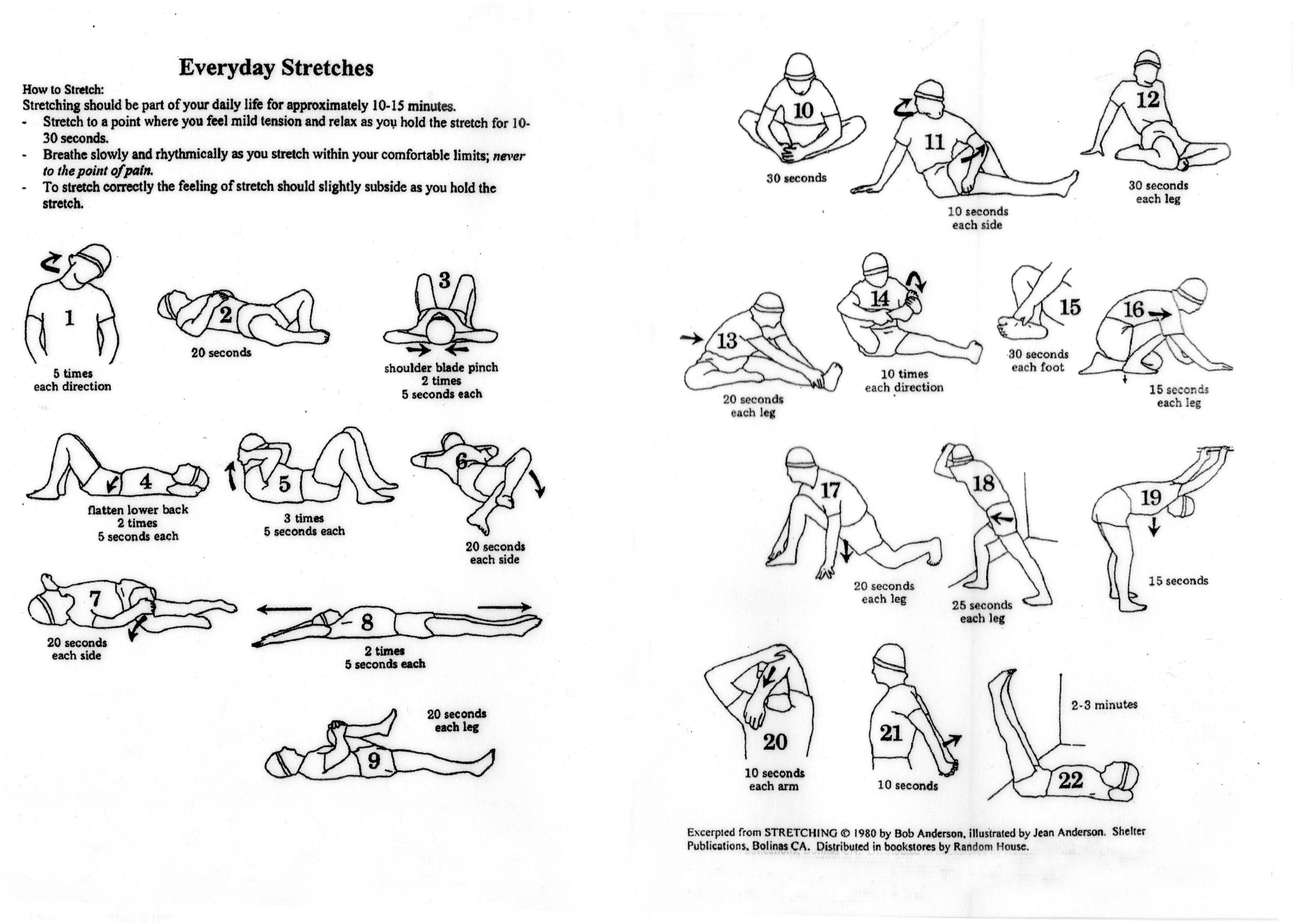
 Biofeedback is a process that enables an individual to learn how to change physiological activity for the purposes of improving health and performance. Precise instruments measure physiological activity such as brainwaves, heart function, breathing, muscle activity, and skin temperature. These instruments rapidly and accurately ‘feed back’ information to the user. The presentation of this information — often in conjunction with changes in thinking, emotions, and behavior — supports desired physiological changes.
Biofeedback is a process that enables an individual to learn how to change physiological activity for the purposes of improving health and performance. Precise instruments measure physiological activity such as brainwaves, heart function, breathing, muscle activity, and skin temperature. These instruments rapidly and accurately ‘feed back’ information to the user. The presentation of this information — often in conjunction with changes in thinking, emotions, and behavior — supports desired physiological changes.


